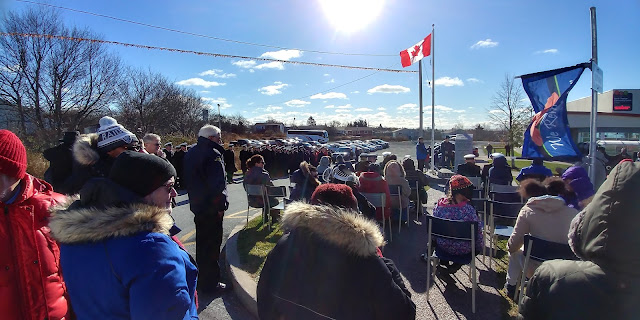African Nova Scotians have a unique history of service in WWI. When the First World War broke out, Canadian black men wanted to serve their country by joining the armed forces as their fellow whites did, but faced a long uphill battle. In spite of official Canadian government policy—which clearly stated black volunteers could be accepted—many suffered rejection.
After two years of perseverance and tireless lobbying by black community leaders—assisted by supportive whites—the government authorized a black unit, allowing patriotic blacks an opportunity to serve King and Country.
The Black population of Canada at the time numbered about 20,000, with some 7,000 in Nova Scotia. Because of this, the army chose this province as the location of No. 2 Construction Battalion, formed on July 5, 1916, with headquarters at Pictou.
Construction units built and repaired trenches, roads, bridges and railways, among other tasks. No. 2 Construction Battalion became the first and only black unit ever established in the Canadian armed forces. Although made up of blacks, the officers were white, with one notable exception. The unit chaplain, the Rev. Dr. William White, became one of a handful of black officers in the entire British Empire during the First World War.
Half the unit, about 300 men came from Nova Scotia. The unit sailed to England in March 1917, where it reorganized as a 600-man company. In May, No. 2 Construction Company crossed the English Channel to France, where it spent the rest of the war in the Jura Mountains, near the Swiss border.
Soldiers of the units assisted Canadian Forestry Corps companies in logging, milling and shipping. During the First World War, lumber was a much more critical commodity than in later wars, used for trenches, duckboards, huts and many other items.
The legacy lives on.
 |
| Community Remembers at the North Preston Remembrance Day Ceremony (Nov. 11 2017) |


































